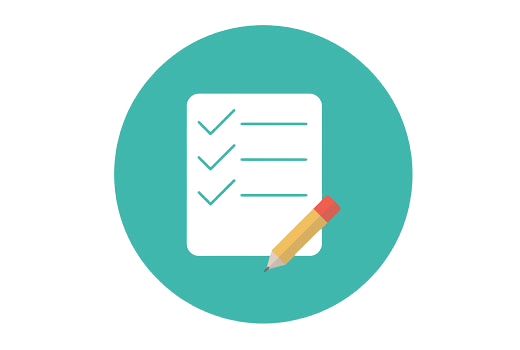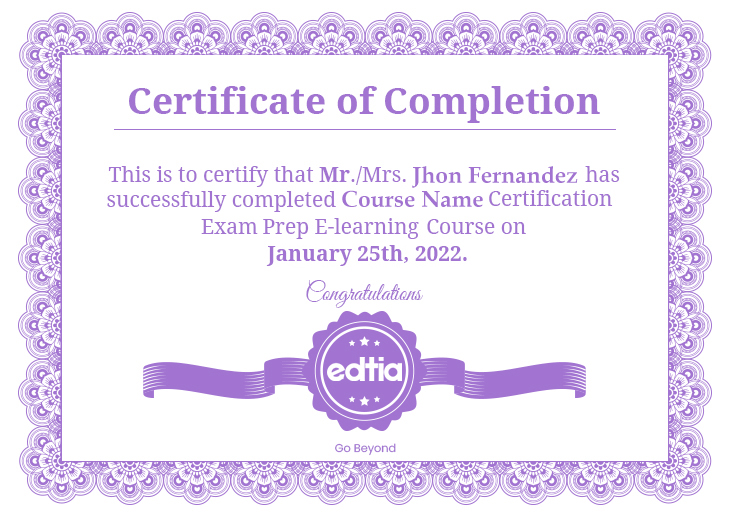Your Shopping Cart

Microservices Architecture Training practice creates you expert in using tools and techniques to build, manage and deploy containerized Microservices.
This course is constructed to help you master designing Microservices applications, establishing communication between services, securing, monitoring, dockerizing, and deploying your services on Spring cloud with demonstration.
This certification helps candidates master patterns, practices, and industry-standard technologies required to engineer contemporary microservices.
You can opt for this course if you are Java Developer Application Developer Senior Web Developer Springboot Microservices Developer
A Microservices developer is an admiringly experienced person who can efficiently create software systems and develop low-latency applications.
There are no prerequisites for enrolling in this Microservices course. Nevertheless, a basic level of understanding in programming languages like Java would be helpful.
Microservices enable IT organizations to be more elegant. And build more scalable applications. Microservices decode into faster development and change cycles, and breaking down an extensive application into more minor services makes the development workflow faster.
A microservice addresses a single concern, such as a data search, logging function, or web service function. This approach increases flexibility.
Microservices architecture is a cloud-native architectural approach in which a single application is composed of multiple loosely connected and independently deployable components or services.
A Microservice is a web service responsible for one piece of domain logic. Microservices interact via simple network protocols like REST to complete actions.
Understand Microservices basic working and equipping, about Monolithic architecture, benefits and drawbacks of each architecture
know about designing Microservices applications based on their specific architecture, Microservices Architecture, Microservices Pattern, Design applications with Microservice Architecture.
create a strong base in the Spring framework and construct applications using Springboot, know different aspects of Spring boot, Make use of Springboot in Eclipse, produce use of databases in Springboot
this module is to assemble a robust base in the spring framework to build an application using Springboot and understand how Spring boot integrates with other software and services.
Learn and perform projects for deploying on the Spring Cloud.
This section will teach to use Security in applications and understand how it performs.
Learn to use Docker with your Microservice application.
Discover Docker with Microservices and use dockerized containers for Microservices application development.
Edtia Support Team is for a lifetime and will be available 24/7 to help with your queries during and after the completion of the course.
Microservices architecture allows cross-functional groups to develop, test, problem-solve, deploy, and update services independently, which leads to faster deployment and troubleshooting turnaround times. After completing this course, you can enhance your knowledge in the industry and land a high-paying job in the field.
The Java programming language is more beneficial in microservices, and its easy annotation syntax makes it easier to create microservices architecture. Moreover, Java is an excellent option as it provides a UI, connectivity to back-end resources, and model components.
The average microservices architect salary in the USA is approx. $150,000 per year Entry-level positions start at $140,000 per year, while most experienced workers make up $175,500 per year.
To better understand the course, one must learn as per the curriculum.
Microservices Architect is accountable for designing and implementing microservices-based solutions and methods and the microservices adoption process within the organization.
Microservices are used by the companies like Comcast Cable, Uber, Netflix, Amazon, eBay, Sound Cloud, Karma, Groupon, etc.
Microservices is the latest architectural design gaining prominence over contemporaries like Monolithic and SOA architecture. With these added advantages, many companies are looking to move to Microservices. Getting certified can help you aim for more suitable career opportunities.


Every certification training session is followed by a quiz to assess your course learning.

The Mock Tests Are Arranged To Help You Prepare For The Certification Examination.

A lifetime access to LMS is provided where presentations, quizzes, installation guides & class recordings are available.

A 24x7 online support team is available to resolve all your technical queries, through a ticket-based tracking system.

For our learners, we have a community forum that further facilitates learning through peer interaction and knowledge sharing.

Successfully complete your final course project and Edtia will provide you with a completion certification.
You will receive Edtia Microservices Architecture Training certification on completing live online instructor-led classes. After completing the course module, you will receive the certificate.
A Microsoft Microservices Architecture Training certificate is a certification that verifies that the holder has the knowledge and skills required to work with Microservices.
By enrolling in the Microservices Architecture Training certificate course and completing the module, you can get Edtia Azure training certification.
Yes, Access to the course material will be available for a lifetime once you have enrolled in the Edita Microservices Architecture Training course.
